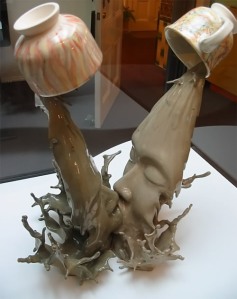 | |
| Global Warming Cloud 2008 oil on canvas 78 x 60 inches |
Inka Essenhigh is an American contemporary painter. Her shapes are organic, stylized, and often surreal. I really like this painting in particular because the cloud has such an overwhelming presence.



























